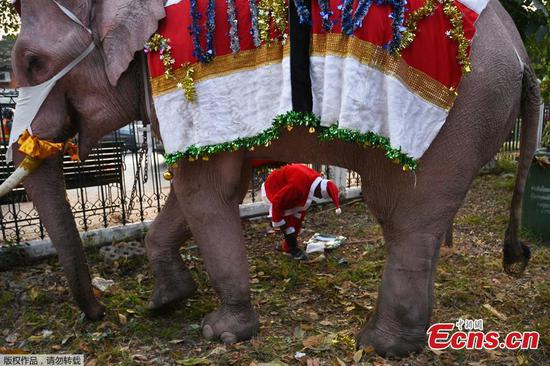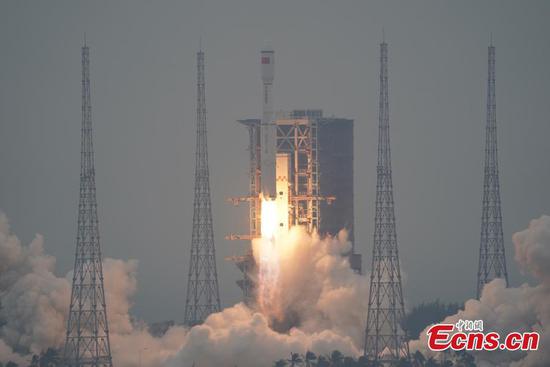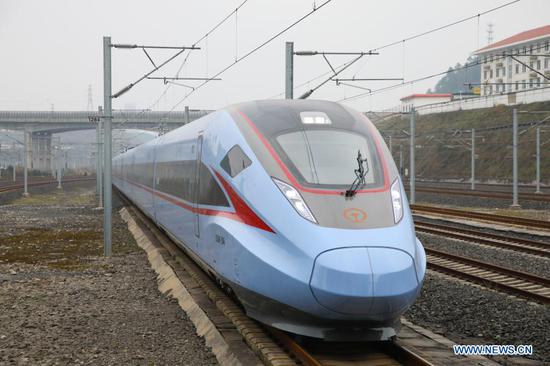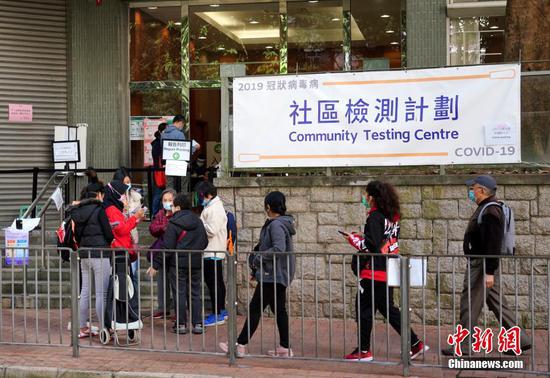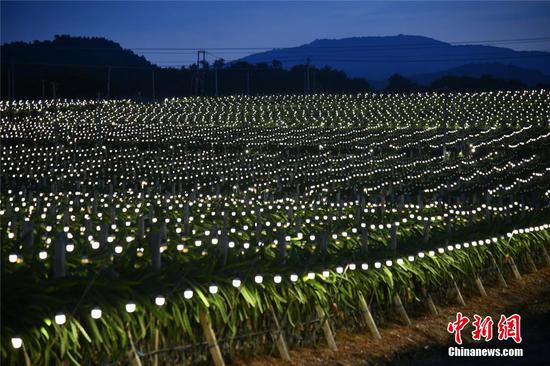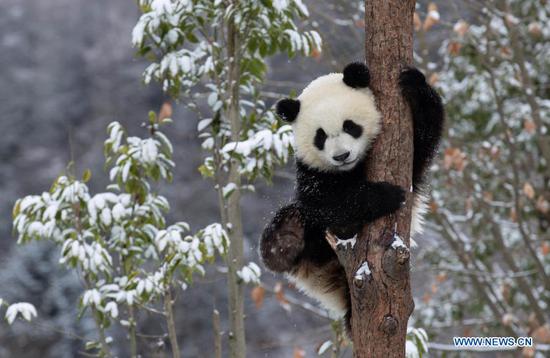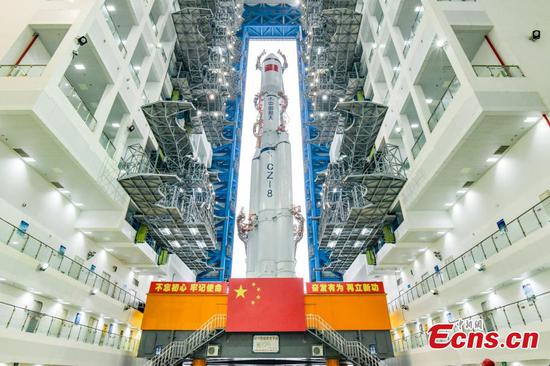The supply of staple foods is sufficient and rich in variety for the upcoming New Year’s Day and China’s Spring Festival; the price of agricultural products will generally see a rising trend due to seasonal fluctuations and festival factors, but it is unlikely to rise sharply, China’s agriculture ministry said on Thursday.
During the upcoming festivals, the total supply of key foods will be sufficient — urban and rural residents will not face a shortfall of foods and edible oil, nor will they lack meat and vegetables, Tang Ke, director General of Department of Market and Informatization of Ministry of Agriculture and Rural Affairs, told a press conference in Beijing on Thursday.
The global market has been affected by the abrupt outbreak of the coronavirus pandemic, as well as weather, insect pests and other issues, leading to a decline in global food production. International food prices have also fluctuated quietly violently this year, Tang said.
The food price index of the Food and Agriculture Organization of the United Nations has risen for six consecutive months in November, reaching its highest level since December 2014.
However, according to the UN Food and Agriculture Organization’s forecasts, the global food supply and demand in 2020/2021 will be generally ample, meaning it is unlikely that global food prices will keep surging to unaffordable levels.
Meanwhile, taking into account the uncertain future trends of the pandemic and other natural disasters, short-term international markets may still experience volatilities, Tang said, noting that China will insist on its strategy for food — grains basically self-sufficient and rations absolutely safe — under such circumstances.
“The interaction between the Chinese market and international market is limited,” Tang said, adding that the three major staple foods of rice, wheat, and corn imported from the international market are not in large quantities, mainly for variety and annual surplus adjustments.
The largest agricultural product imported by China over recent years has been soybeans – a total of 92.8 million tons of soybeans were imported from January to November this year, an increase of 17.5 percent year-on-year, according to customs data.
Discussing the recent price fluctuations of corn in the domestic market, Tang said although current corn prices have hit a 6-year high, they are still lower than the historical high prices seen in September 2014. This year's corn is still a bumper year; there is a solid foundation for ensuring that corn is basically self-sufficient based on the domestic market. Its price will not likely continue to rise sharply.
China’s grain production will have another bumper harvest this year, rice and wheat stocks will be at historical highs, hog production has recovered well, and the production of poultry, fruits and vegetables is stable. The domestic agriculture market is expected to remain stable next year, according to the ministry.
In 2021, China will ensure that total grain output is maintained at more than 1300 billion jin (about 600 million tons) and “put the Chinese people's rice bowl firmly in their own hands,” the ministry stressed.
China's grain harvest totaled 669.5 million tons in 2020, a year-on-year rise of 0.9 percent. In the category, cereal output - including rice, wheat, corn, barley, sorghum, buckwheat and oats - reached 616.74 million tons, up 0.5 percent, according to data released by the National Bureau of Statistics on December 10.











